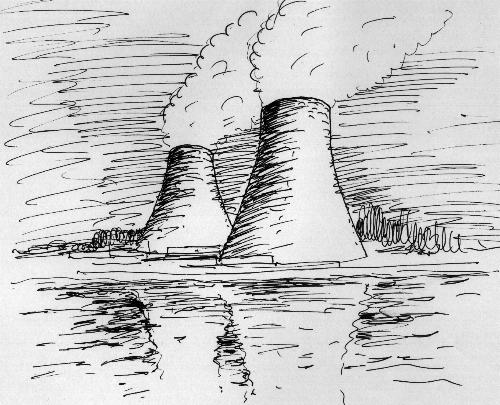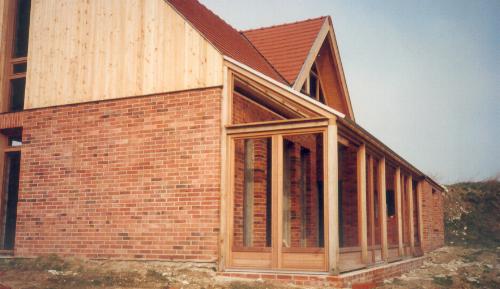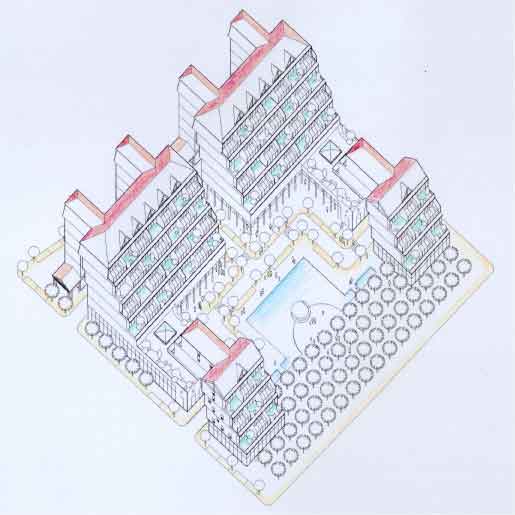|
We've
been offered solutions to the environmental challenges. These may
provide a partial answer but are obviously not sufficient :
The
electric car
has its particular drawbacks: its electricity, if generated in
nuclear power plants, accumulates nuclear waste that is dangerous and
difficult if not impossible to manage in the very long term (thousands
of years...). Furthermore, uranium is not a renewable ressource.

Nuclear power plants produce
electricity but accumulate toxic nuclear waste
And,
in countries or regions where the electricity is generated by coal or
fuel power plants, the electric car would be even more harmful for the
environment than conventional gasoline operated cars. Indeed production
of electricity causes in that case emission of CO2.
The global carbon footprint is then worse since a large part of
the energy is subsequently wasted before it gets to feed the car
batteries.
Fuel efficient cars
can entice people to commute even further away and potentially worsen
the urban sprawl. Furthermore, they will have to be smaller and lighter, more vulnerable
in case of crash, which will increase significantly the traffic
fatalities.
Producing
biofuel
at a very large scale would deprive mankind of vital
agricultural ressources, raise costs of foodstuff and spread hunger. Furthermore, the Max Planck Institute for Chemistry, in Mainz, Germany,
has established that the production of biofuel has aggravated rather
than improved global warming: the massive use of nitrogen-rich
fertiliser by farmers allows bacteria in the soil and in water to
release N2O (Nitrous Oxide), a more potent greenhouse gas than CO2, and
which hangs around much longer. Any advantage offered by reduced
emissions of CO2 is therefore negated.
New
construction efforts boast labels such as "greenbuilding" or "eco-design", but
their random juxtaposition most often fails to
establish dense mixed use neighborhoods at a human scale. They stand
tall and
usually deprive each other of access to the winter sun which is low in
the sky.
“Solar” or
“eco-friendly” detached home designs
which are still proposed
as the panacea are not really “eco-friendly” since
they will be part of the ever
extending and detrimental urban sprawl.

Detail
of a detached passive-solar house in the urban sprawl (arch. JL
Msika):
the
dwellers are still dependent on the automobile
The
ultimate outcome of these insufficient solutions, which take for
granted the urban sprawl as an unavoidable and permanent necessity,
seems to be to postpone, and at the same time jeopardize, the necessary
evolution of industrial and civilian strategies for replacing the
present massive production of individual detached
homes and private cars in favor of the
human scaled and
diverse Sustainable City
incorporating clean
and renewable solar energy with
close proximity to all work/life
functions.

SCP axonometric sketch by JL Msika
|

